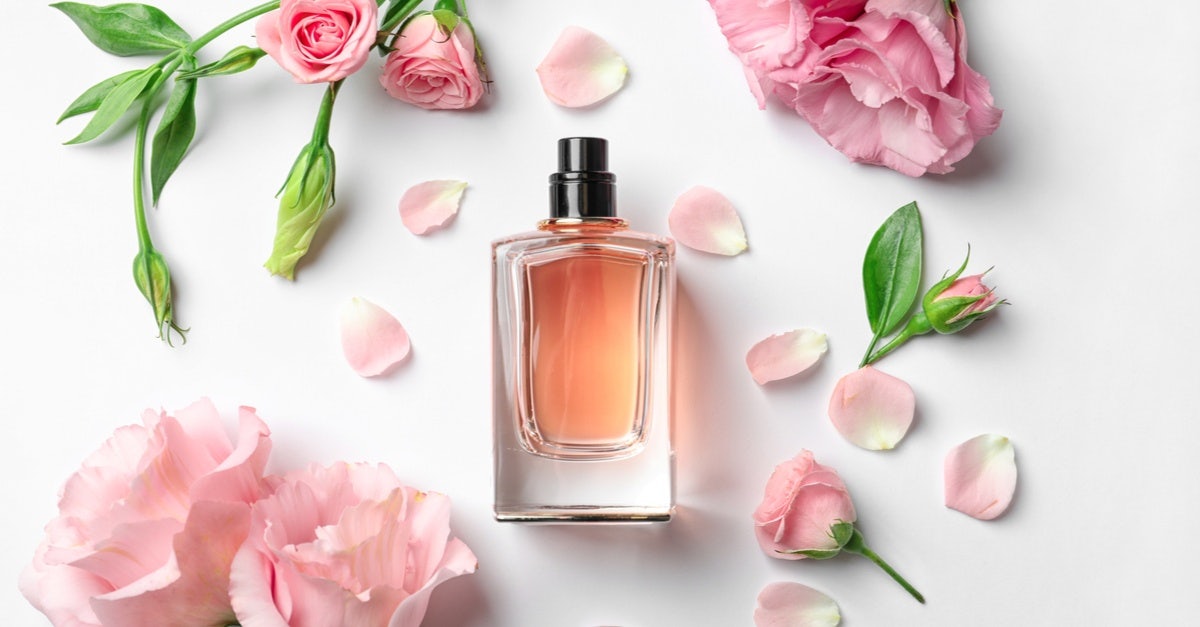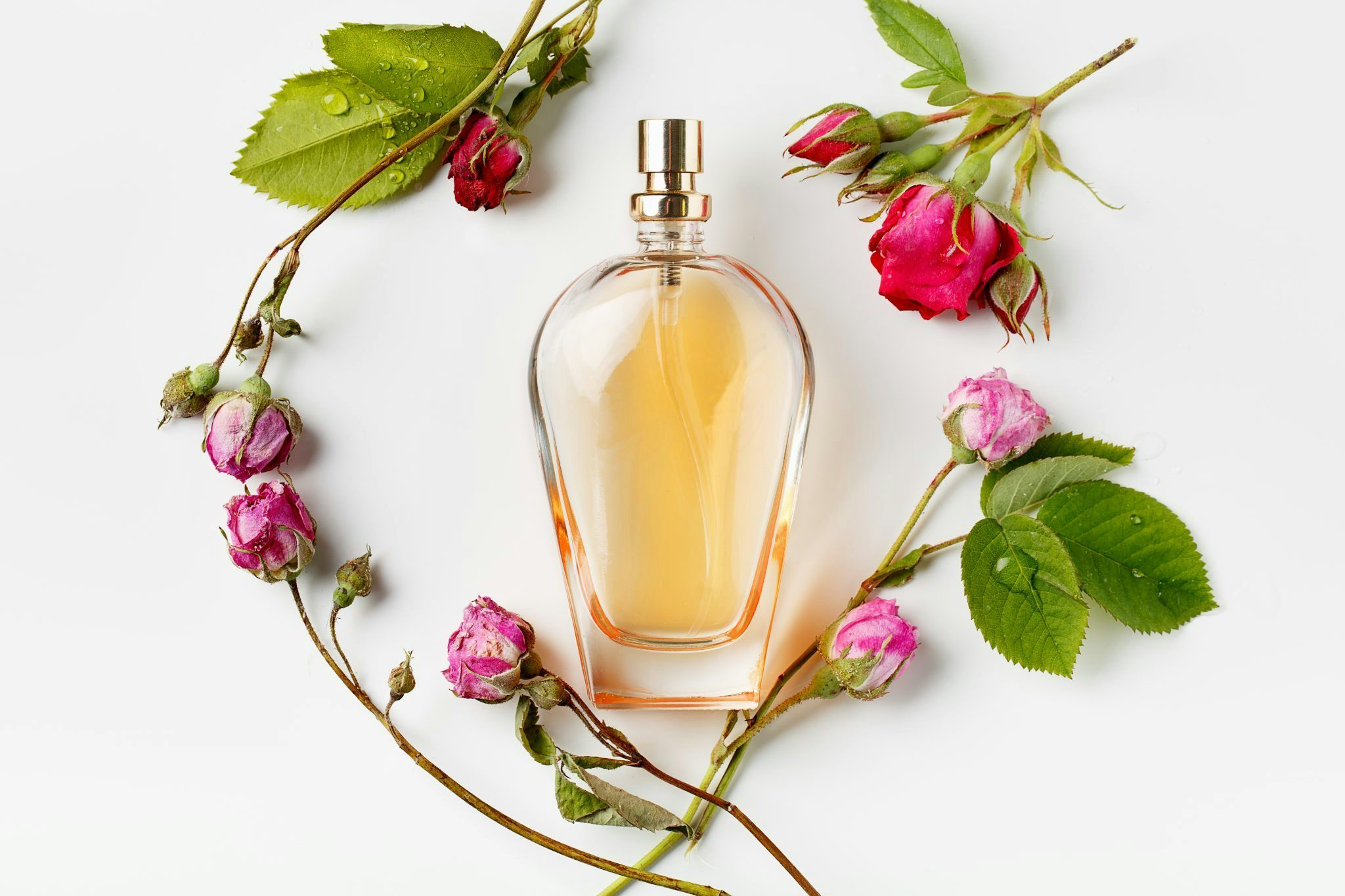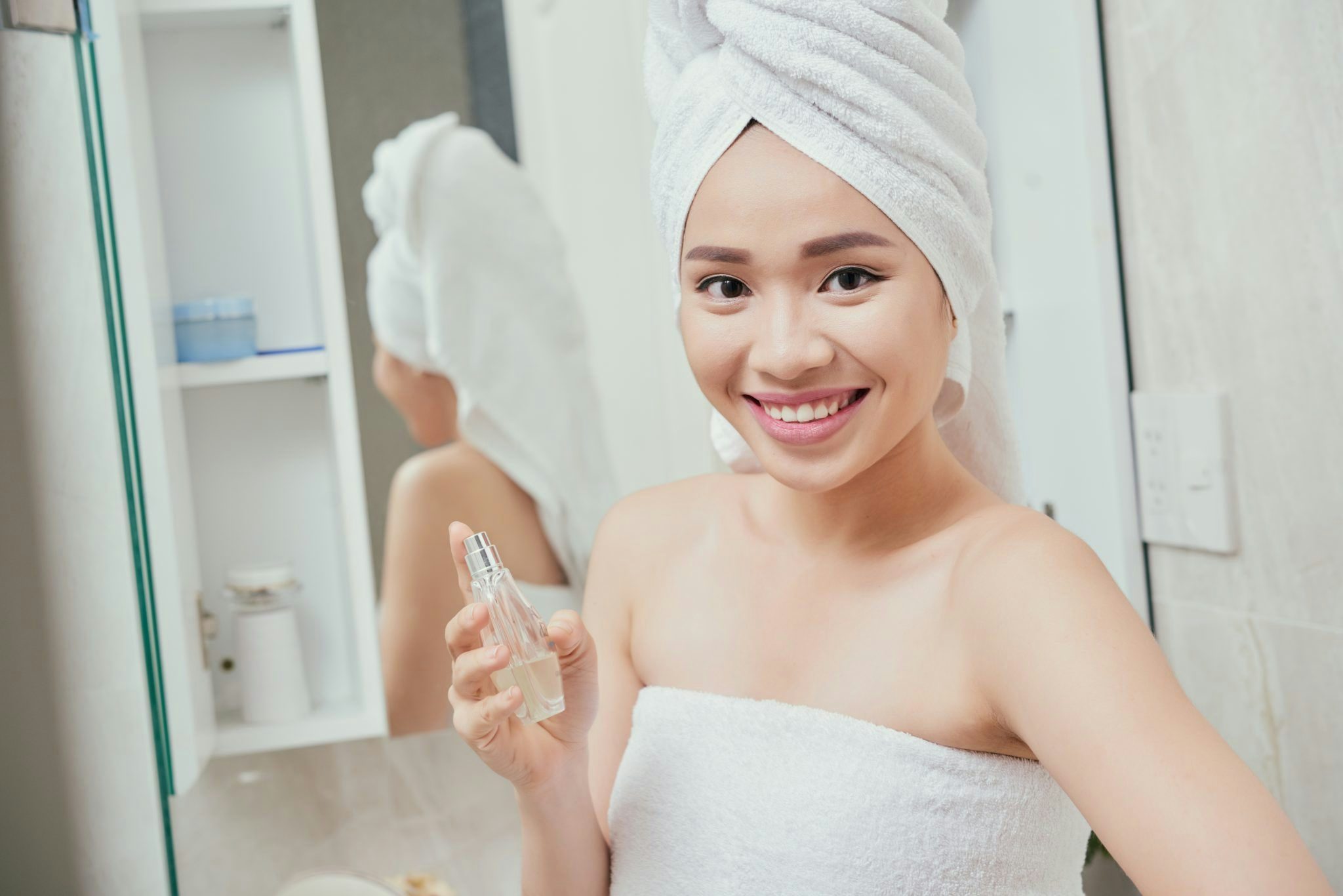“A woman who doesn’t wear perfume has no future.”
These words, stated by French poet Paul Valery, became the famous slogan of Coco Chanel.
The sense of smell is one of the great wonders of the human body. For fragrance users, scent serves as a representative of the individual. However, through the history of perfumery, olfaction has risen beyond biological perception to become its own social-cultural phenomenon, leading every culture to have its own preferential fragrance.
Traditionally, Chinese consumers prefer lighter, fruitier, and fresher fragrances. According to research conducted by Labbrand, over 50 percent of the Chinese survey respondents chose fragrances containing subtle, fresh scents. The research also suggested that success in the Chinese market requires fragrance brands to pay attention to culturally valued elements such as elegance and cuteness.
In mid-2017, the perfume industry only had a one percent sector in China. Although small, it demonstrates that China’s perfume market holds huge marketing potential- with the prediction that the perfume market in China might reach 6.65 billion RMB (around 1.05 billion USD) in 2018. Read below for Jing Daily’s choice of the top 10 fragrance brands that appeal to the Chinese market. The list is in alphabetical order.
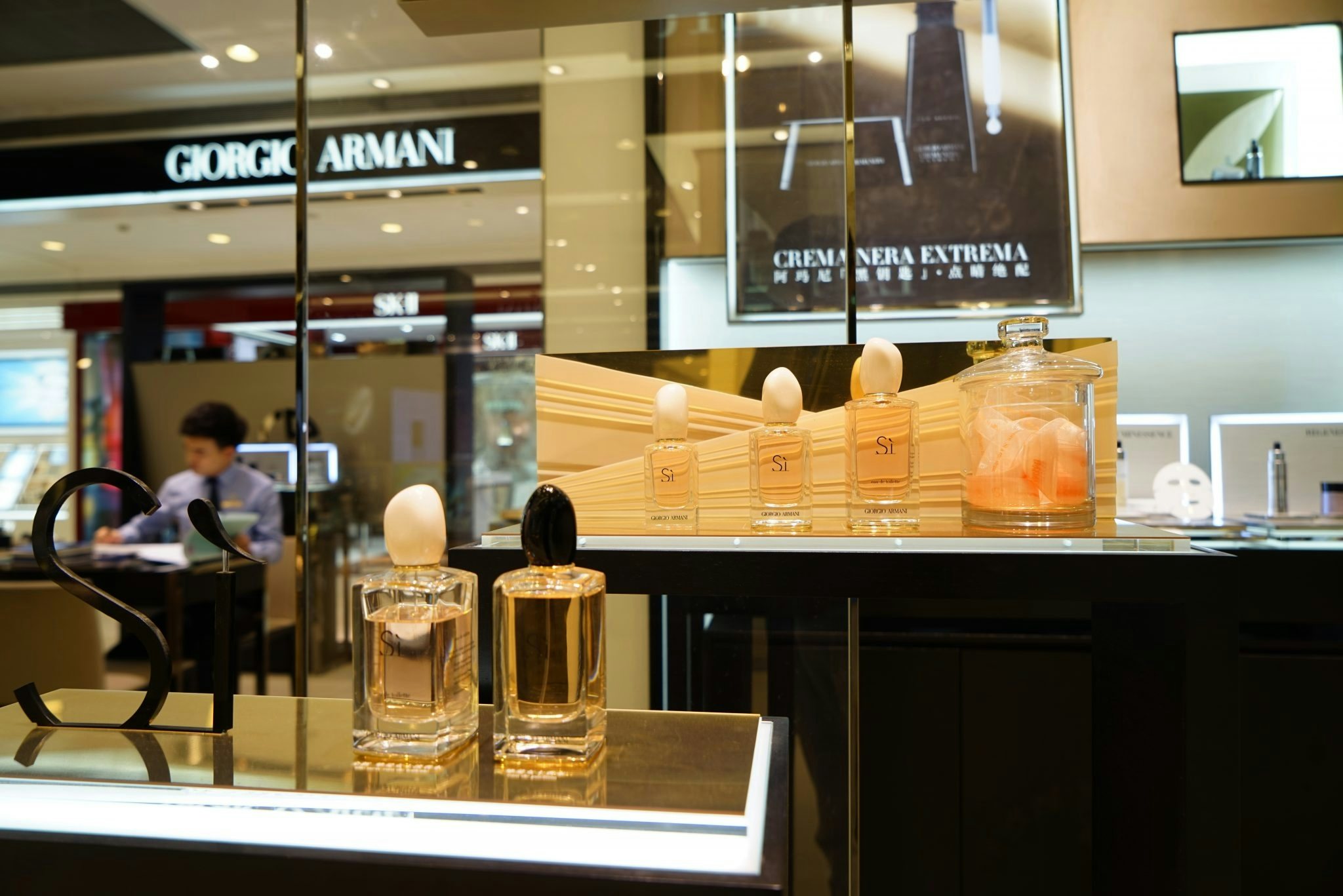
Armani Beauty#
Armani launched its Prive Pivoine Suzhou perfume in 2015. The inspiration came from the traditional gardens in Suzhou. Giorgio Armani picked peony, the flower that symbols wealth, honor and completeness, to represent China’s “Venice of the East.” The global launch of this fragrance was held in Suzhou's famous Humble Administrator’s Garden. Chinese actress and winner of Miss World 2007 Zhang Zilin (张梓琳) took part.
Despite its early success, according toReuters, Giorgio Armani has faced a reduction of designs for its fragrance lines in recent years. The lines were cut from seven to three in 2017, as the brand reported group sales fell 5 percent in 2016.
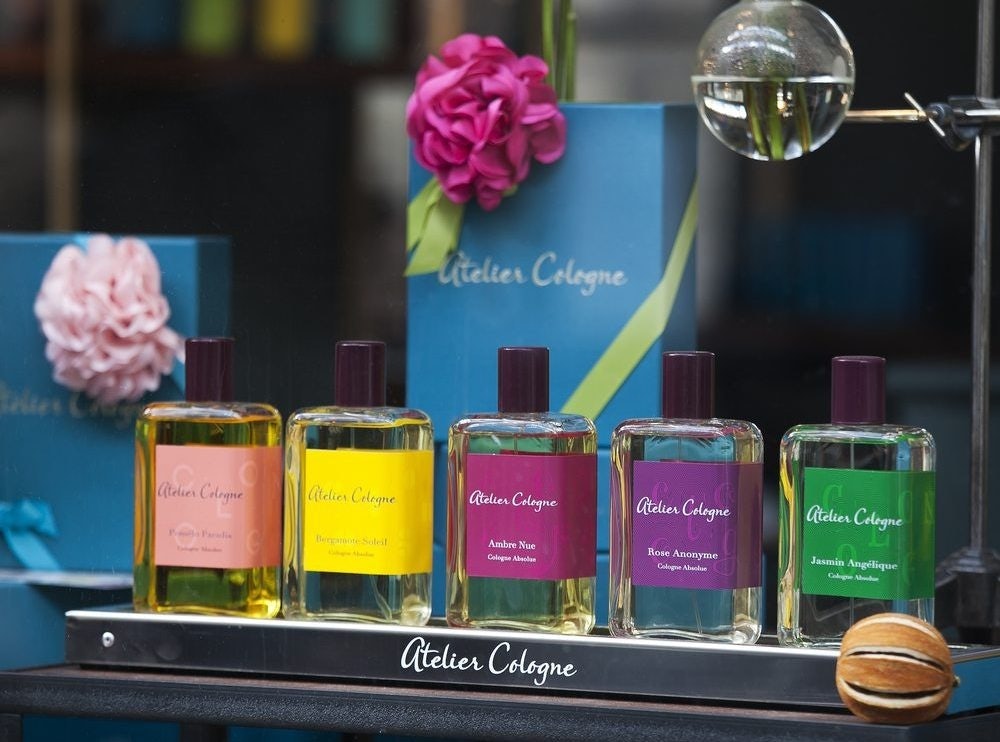
Atelier Cologne#
Atelier Cologne's sales doubled in 2015 to reach 40 million Euros, and the brand was purchased by L’Oreal the following year. In early 2017, L’Oreal’s cosmetic sales were up 10.5 percent, with Atelier Cologne standing as one of the main drivers of this growth. June 2017 saw Atelier Cologne launch its first flagship store in Shanghai, and during the same year in October, the brand launched its second franchised store in Chengdu.
Its founders, Sylvie Ganter and Christophe Cervasel, are dedicated to one of the classic fragrance forms: cologne, specifically a new category called Cologne Absolue. This category won them the Fragrance Foundation Awards (FIFI Awards) in 2012. Oolang Infini is among the Cologne Absolue category, for which it includes the classic Chinese oolong tea as one of the ingredients.
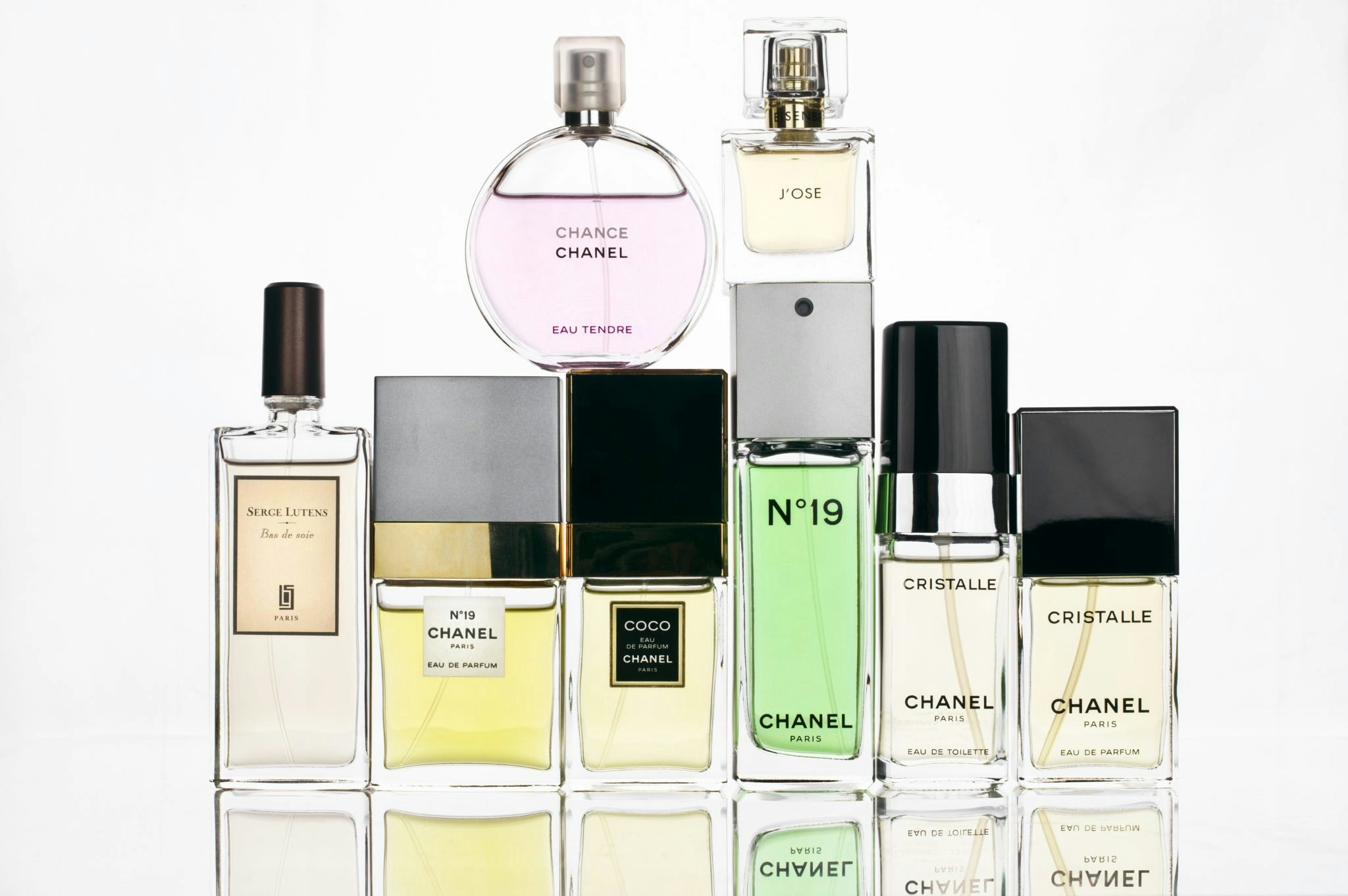
Chanel#
Ever since Coco Chanel launched her world-renowned Chanel N°5 in 1921, the brand has established its unshakable position in the perfume industry. The brand’s latest series, Chanel Gabrielle, is named after the real name of Coco Chanel, and launched in 2017. Chanel Gabrielle conveys a floral, fruity scent that includes jasmine, Ylang-ylang, orange blossom and tuberose. The fragrance was launched at a special event in Beijing, with Chinese filmstars Hugo Hu (胡歌), Zhou Xun (周迅), and Liu Shishi (刘诗诗), and Chanel’s Chinese ambassador, Liu Wen (刘雯), attending the event.
Chanel is among the top three choices of fragrance brands for Chinese consumers and by the end of 2017 held a 6.42 percent market share in China.
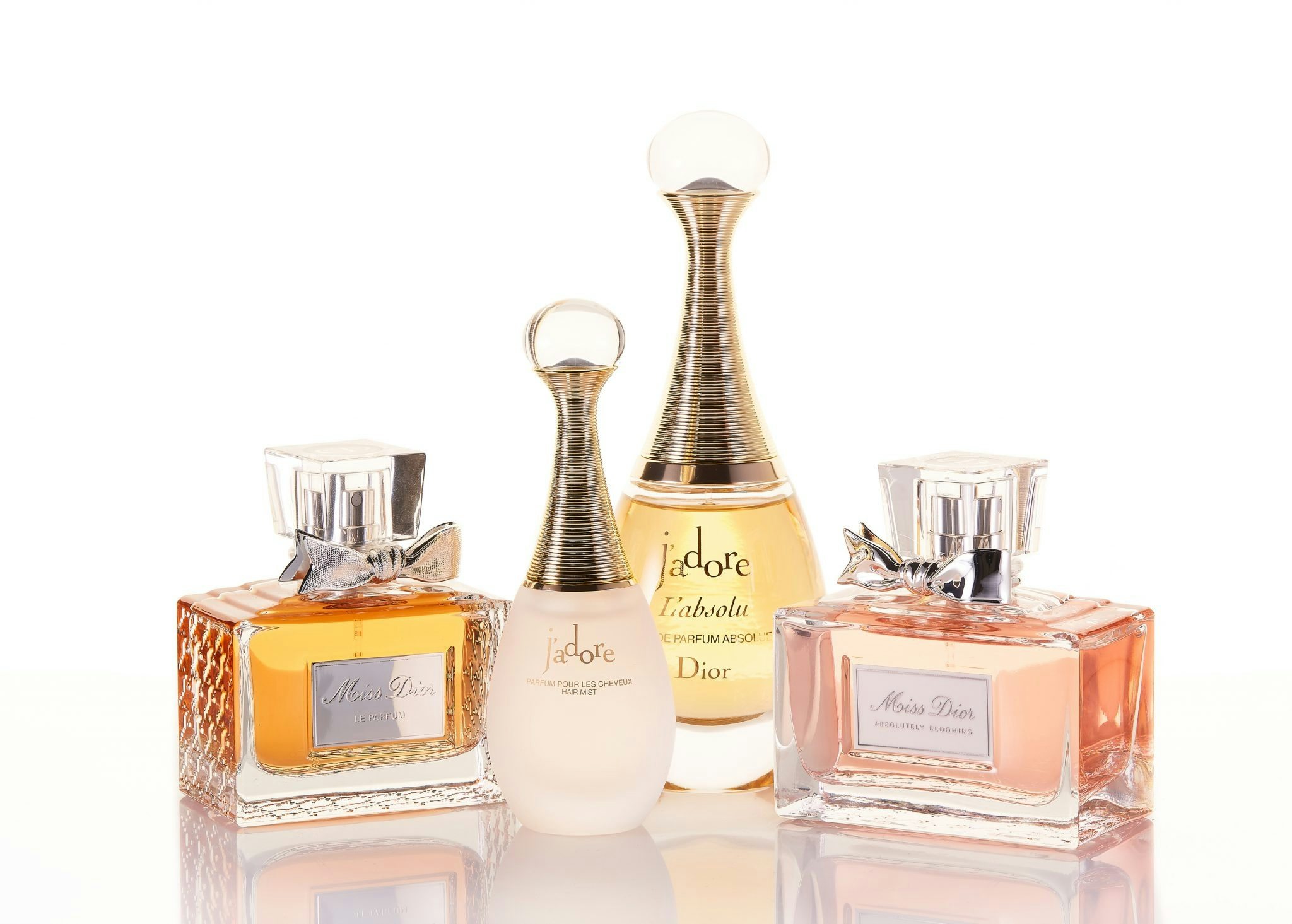
Dior#
Dior is currently listed as the leading fragrance brand in the Chinese market, holding a 10.75 percent share as of October 2017. This attraction is in part due to the fragrance’s floral scents, conveying Chinese consumers’ preference towards being perceived as “elegant and innocent.”
In 2018, Dior launched the Miss Dior Blooming Bouquet Roller Pearl, a new bottle design that creates a more casual and sexy way of using the fragrance. Chinese actress Wang Ziwen (王子文) and actor Huang Jingyu (黄景瑜) were named as Dior Fragrance’s new ambassadors in February 2018.
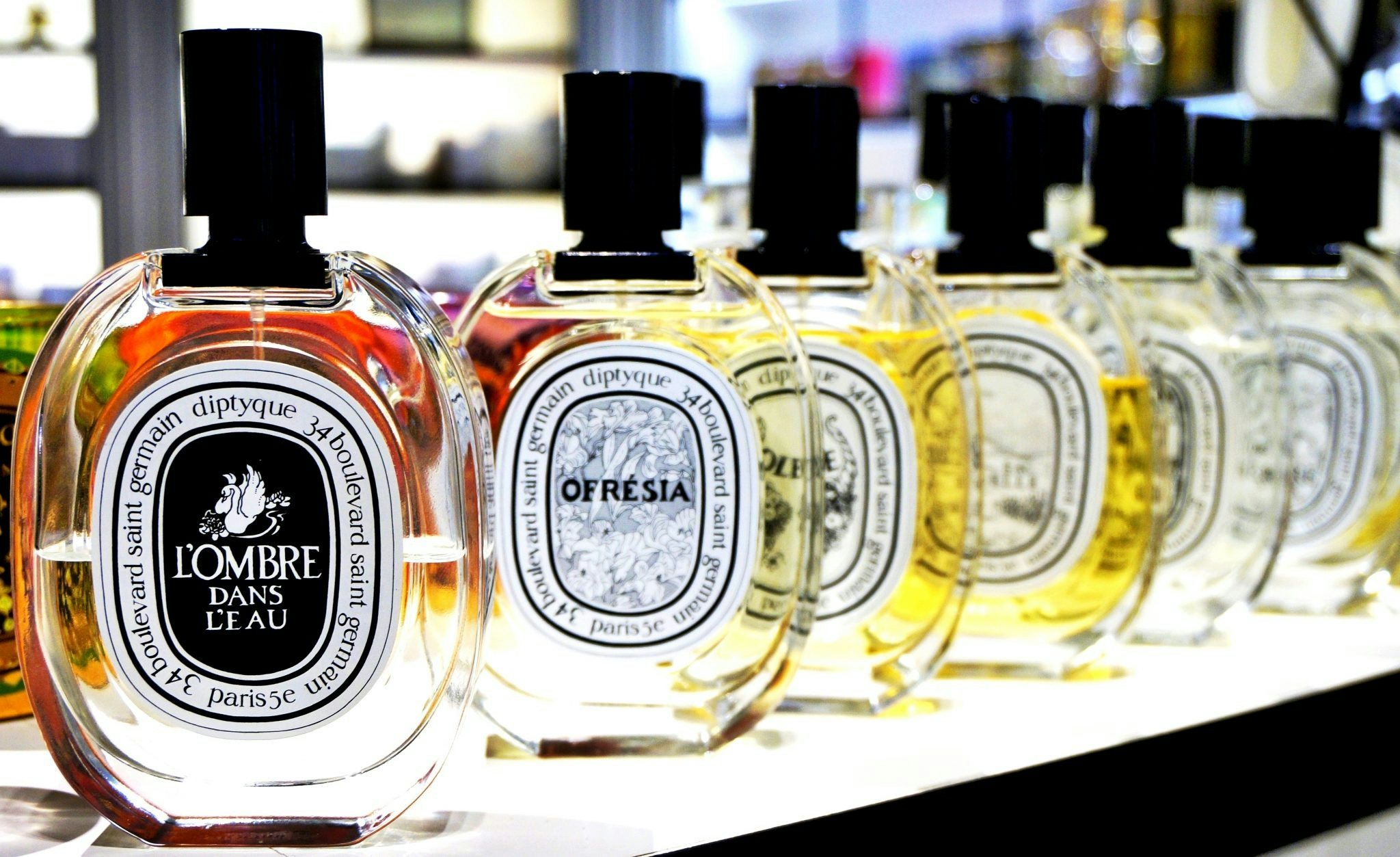
Diptyque#
By 2015, Diptyque’s annual retail sales had already reached 40 million USD (around 2.55 million RMB). The Paris-based luxury good company is known for its high-end line of scented candles and perfume.
To celebrate its 50th anniversary, Diptyque launched a new exploration of patchouli in 2018. Tempo by Diptyque is an Aromatic Spicy fragrance for women and men. The fragrance features bergamot, pink pepper, violet leaf, clary sage, patchouli, and mate. Since the release of its first fragrance in 1968, the brand has earned its followers including Chanel’s CCO Karl Lagerfeld, Model Kate Moss and French actress Catherine Deneuve. The famous Chinese singer Faye Wong (王菲) is also a loyal customer of this brand.
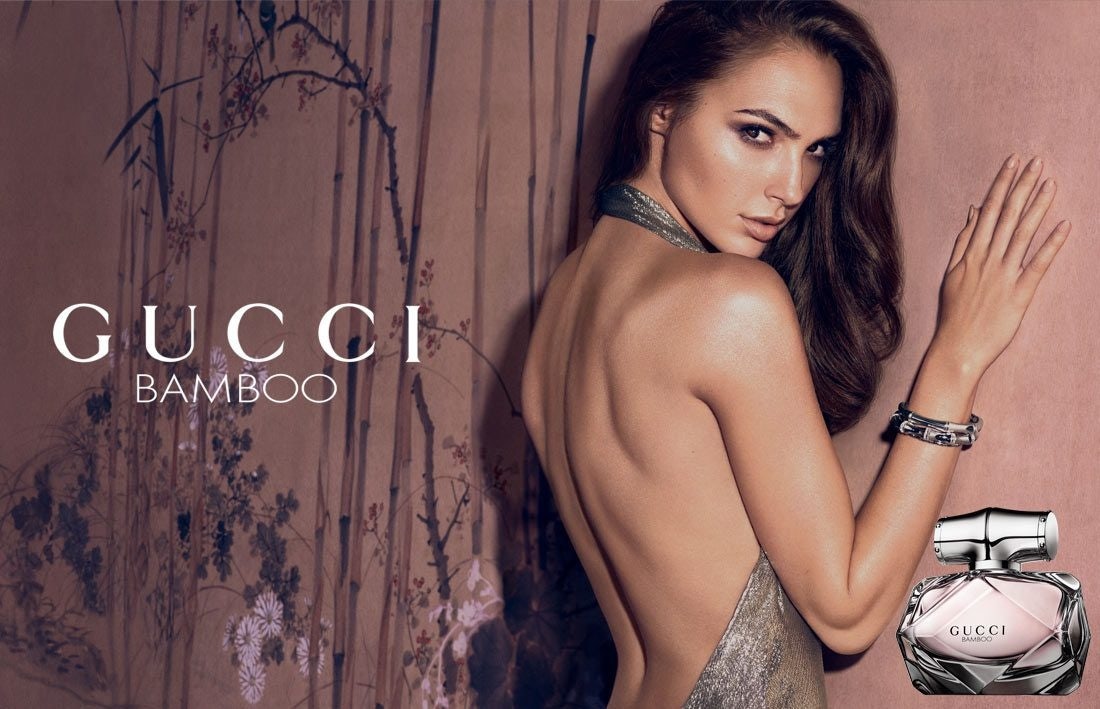
Gucci Perfume#
In 2017, the brand’s Asia Pacific sales grew an exceptional 33 percent on the previous year, according to 36Kr.com.
Chinese bamboo has an iconic history with the Italian luxury brand. Being honored as one of the “Four Gentlemen among Flowers” (花中四君子) in Chinese culture, it was used in the Gucci Bamboo Bag in 1947. In 2015, Gucci turned this iconic material into the perfume with its Bamboo Fragrance Collection for Women. Chinese actress Ni NI (倪妮) became the new Gucci glasses and fragrance ambassador in 2017.
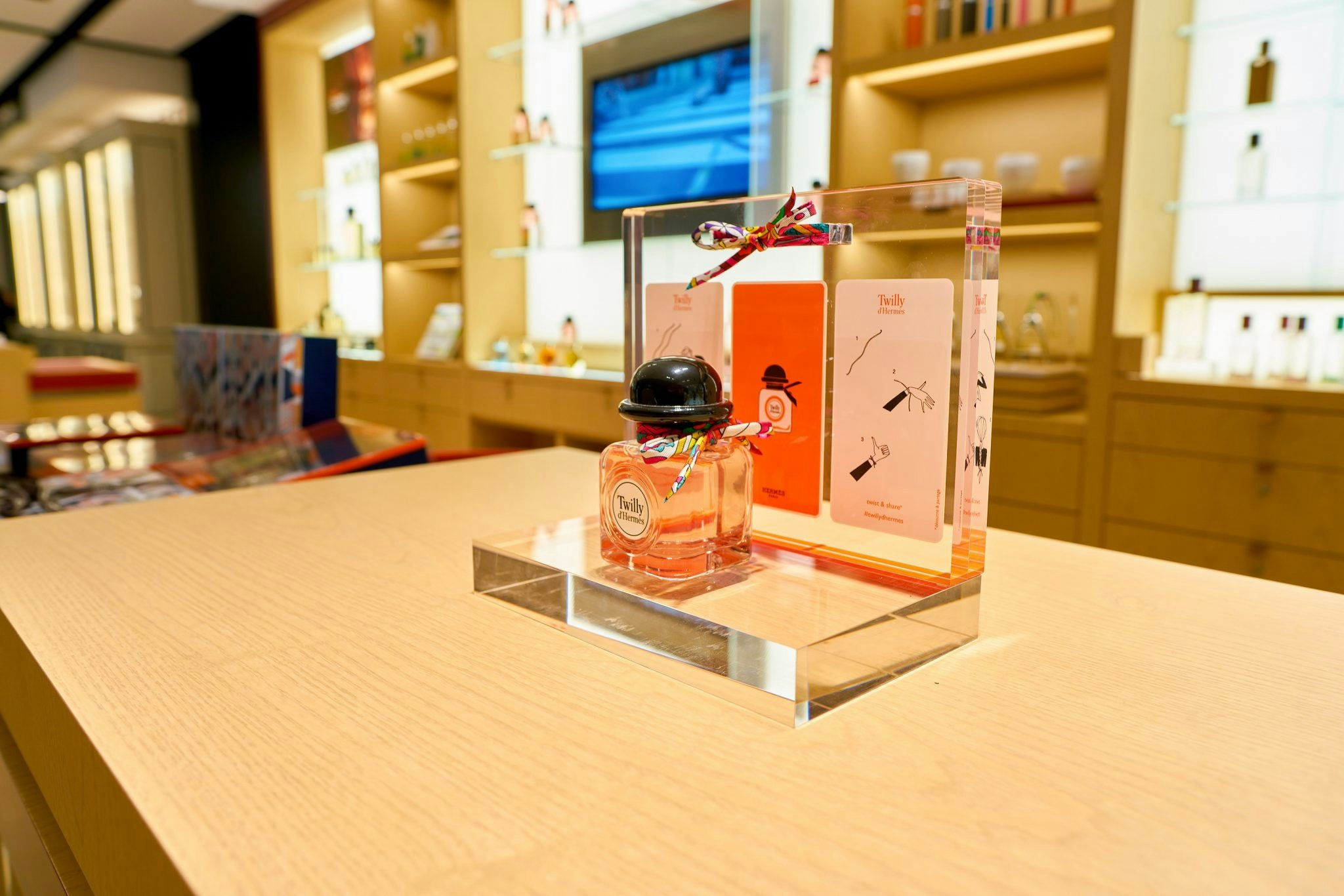
Hermès#
Fragrance#
Better known for its bags, the luxury powerhouse has long been a go-to brand for global luxury consumers. According to its annual report in 2017, Hermès' perfumes held 5 percent of the company’s entire revenue, generating 288 million euros- a rise of 10 percent at constant exchange rates. Last year, the brand also celebrated the 20th anniversary of its arrival in China, after choosing the country as its first staging post.
The Un Jardin series (Garden Collection) conveys the fresh and clean scents popular with Chinese consumers. Hermès has also experimented with more explicitly Chinese scents. Le Jardin de Monsieur Li, launched in 2015, was inspired by a Chinese garden. It features jasmine, mint, and kumquat. According to Hermès’s former perfumer Jean-Claude Ellena, the pond, bamboo, jasmine flower and wet stones were all inspirations.
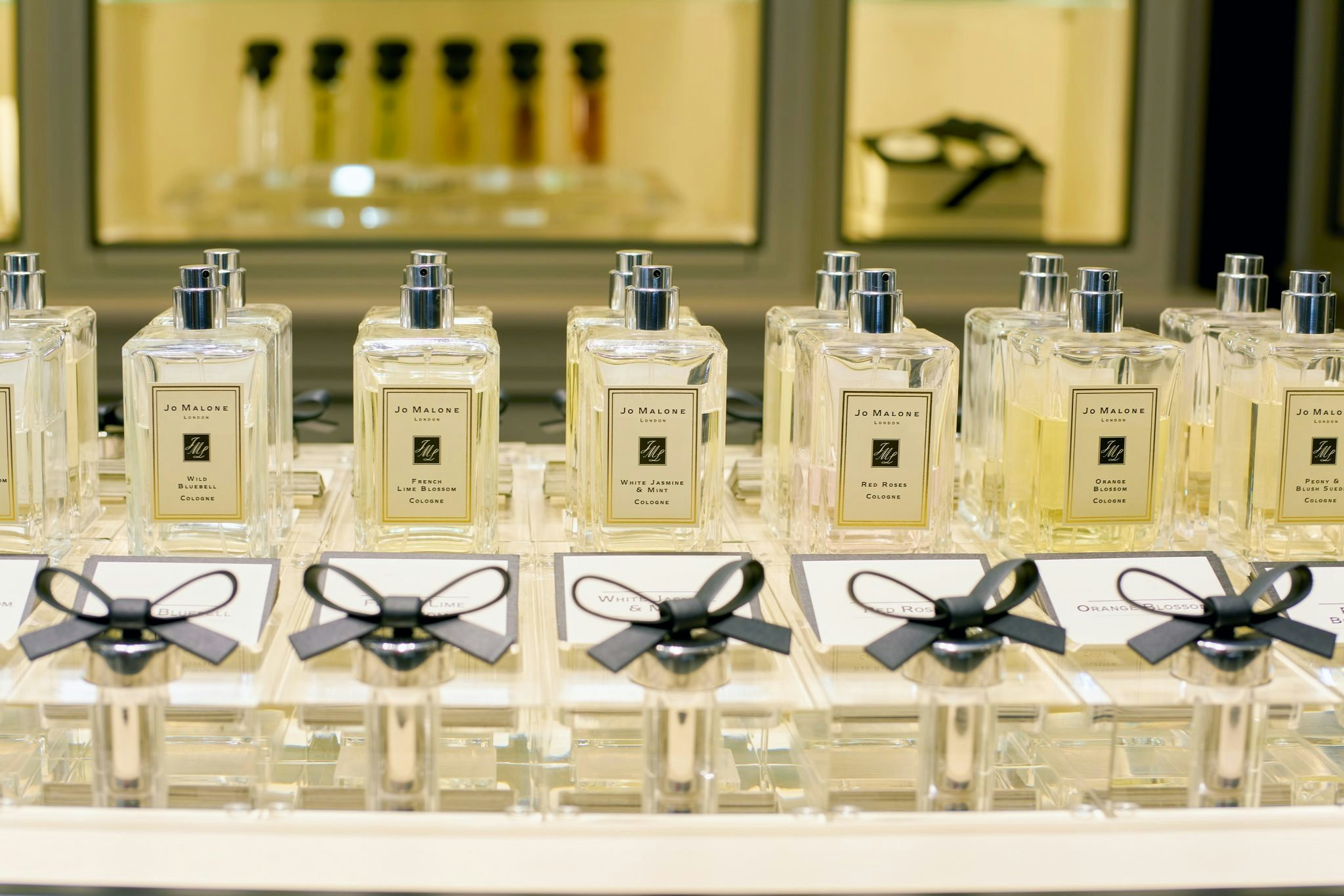
Jo Malone London#
The well-known British brand releases its new fragrance line every spring. English Fields became the brand’s theme in 2018, which contains a total of five different fragrances: Poppy & Barley, Green Wheat & Meadowsweet, Primrose & Rye, Honey & Crocus, and Oat & Cornflower. The fragrances celebrate spring in the English countryside, with British heritage and lifestyle being a known draw for Chinese consumers. In 2016, actresses Yang Ying (杨颖), aka Angelababy, and Michelle Chen (陈妍希) both chose the brand’s English Pear & Freesia Cologne fragrance to give away to guests as their wedding souvenirs.
Estée Lauder, who own Jo Malone as part of the Estée Lauder Companies Group, showed in their annual 2017 report that the perfume revenue had risen 10 percent to reach 1.6 billion USD. The report stated that the brand had “benefited from the growth of the fragrance category in the Asia/ Pacific region and look for further opportunities to strengthen our business in this category there.”
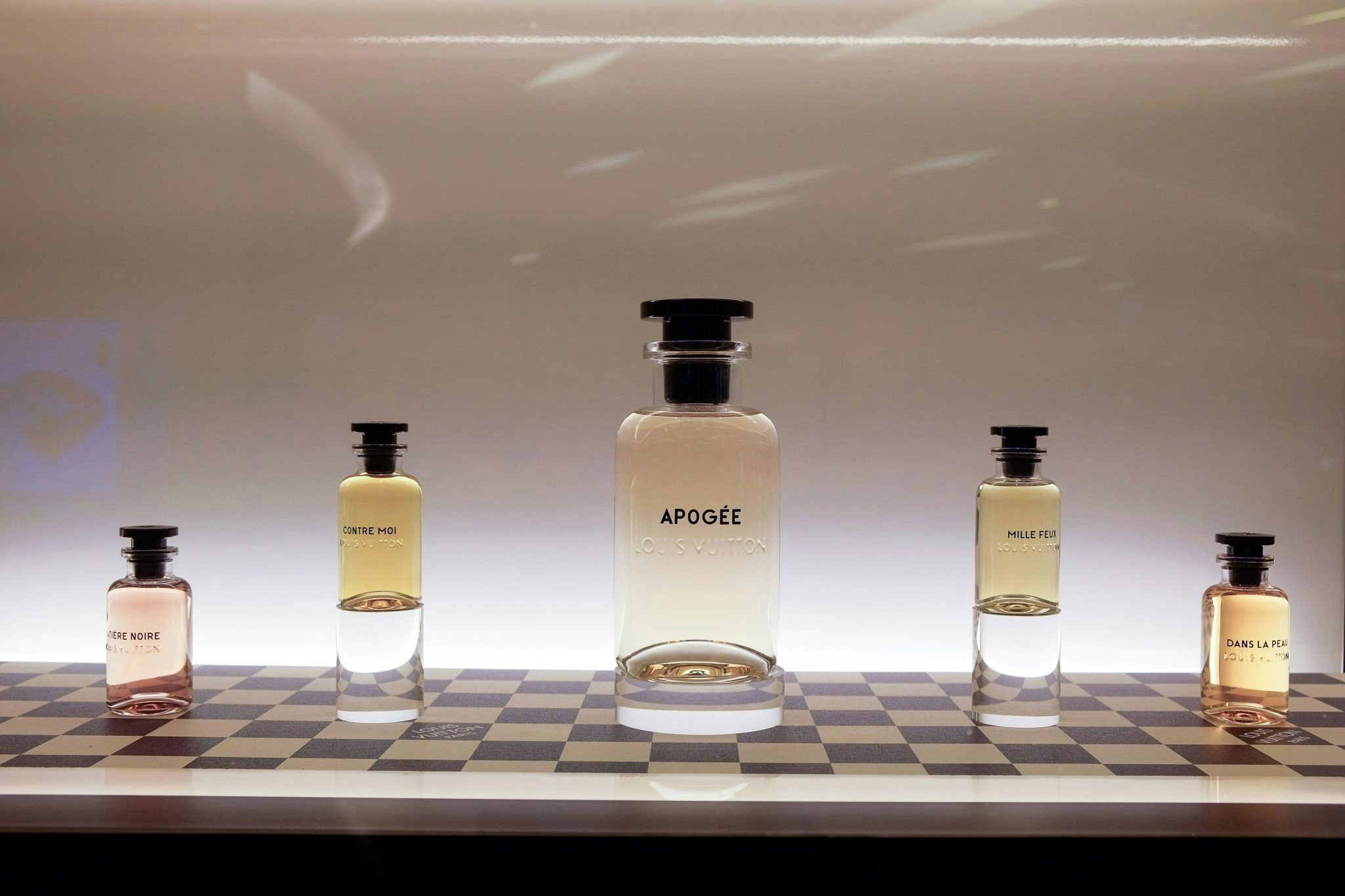
Louis Vuitton Fragrance#
According to the brand’s 2017 annual report, LVMH perfumes held 36 percent of the perfumes and cosmetics market for Asia (excluding Japan), although China-specific data has not been released. Louis Vuitton itself began as a luggage company in 1854 and has a relatively short history with fragrances. However, a brand new collection containing seven different fragrances launched in 2016. The perfumer Jacques Cavallier Belletrud has globe-trotted across five continents to source the ingredients, including osmanthus from China.
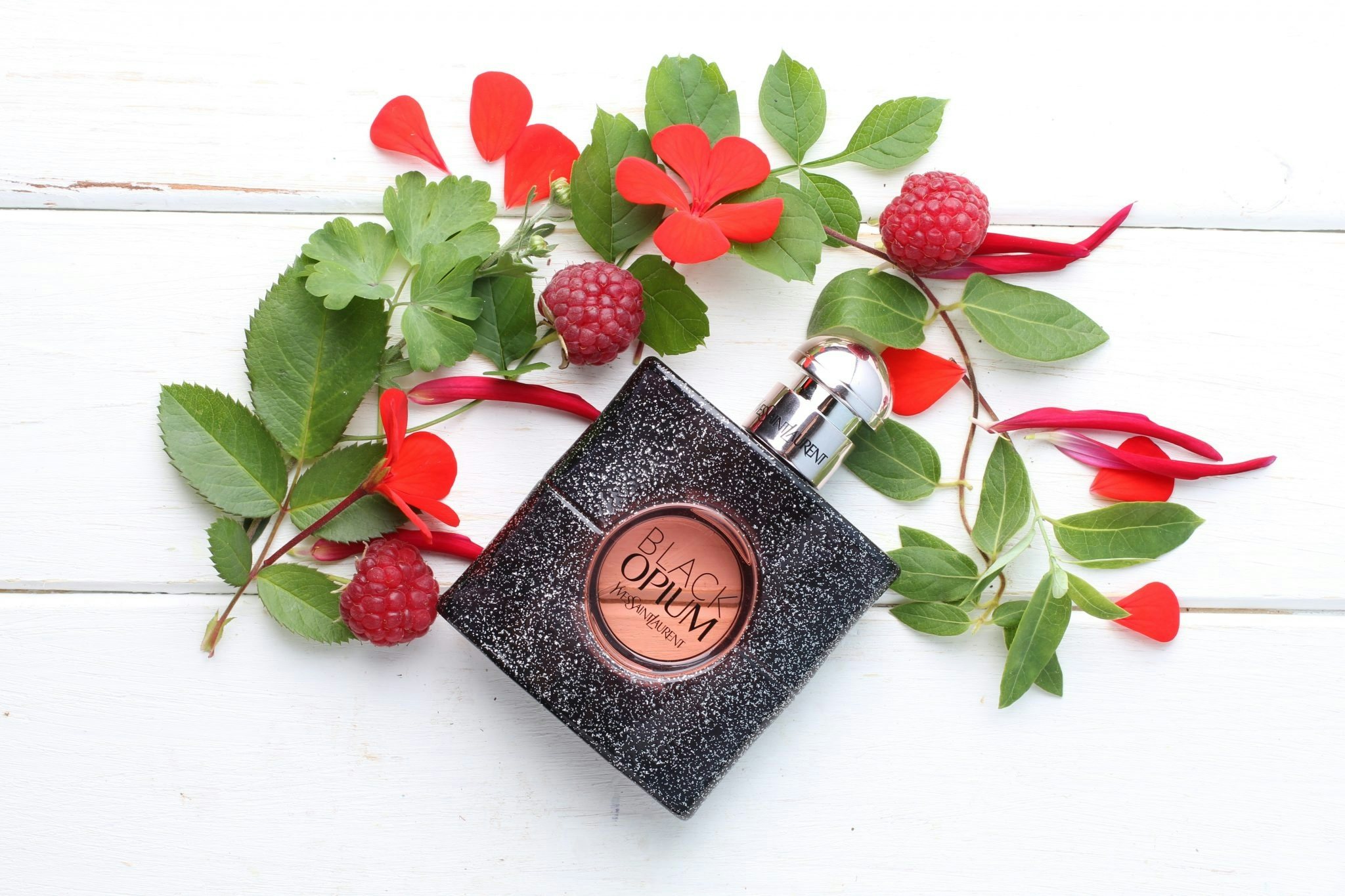
Yves Saint Laurent#
In 2017, Yves Saint Laurent’s fragrance line held 4.75 percent of China’s market share, placing it amongst the top three brands.
One of the most unique, and controversial, fragrances YSL has produced is its Opium line, an unusual blend of patchouli, myrrh, and vanilla that first launched in 1977. According to Saint Lauren himself, “This will be the fragrance of the Empress of China.” The fragrance paved the way for more floral scents from the East, and the design of the bottles was inspired by Far Eastern warriors.
